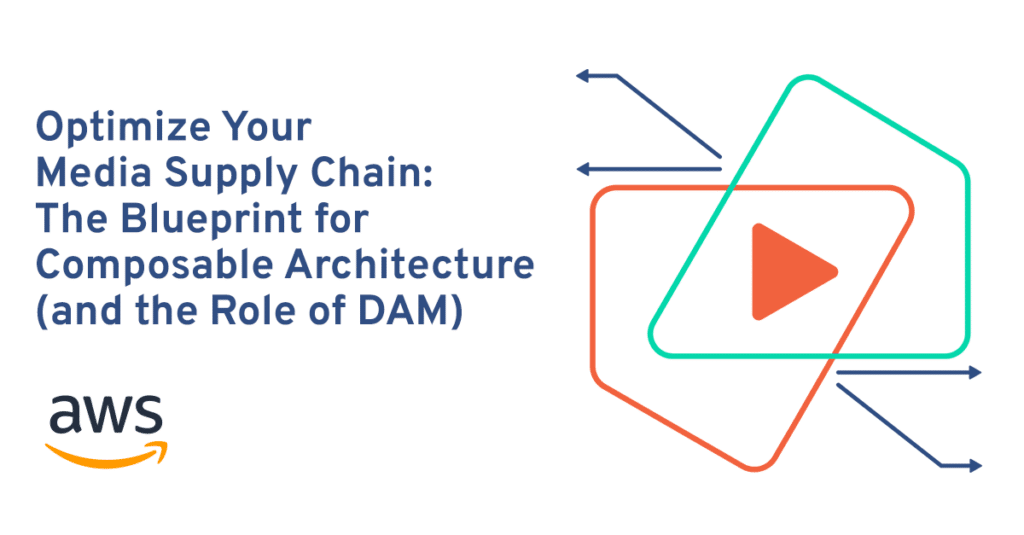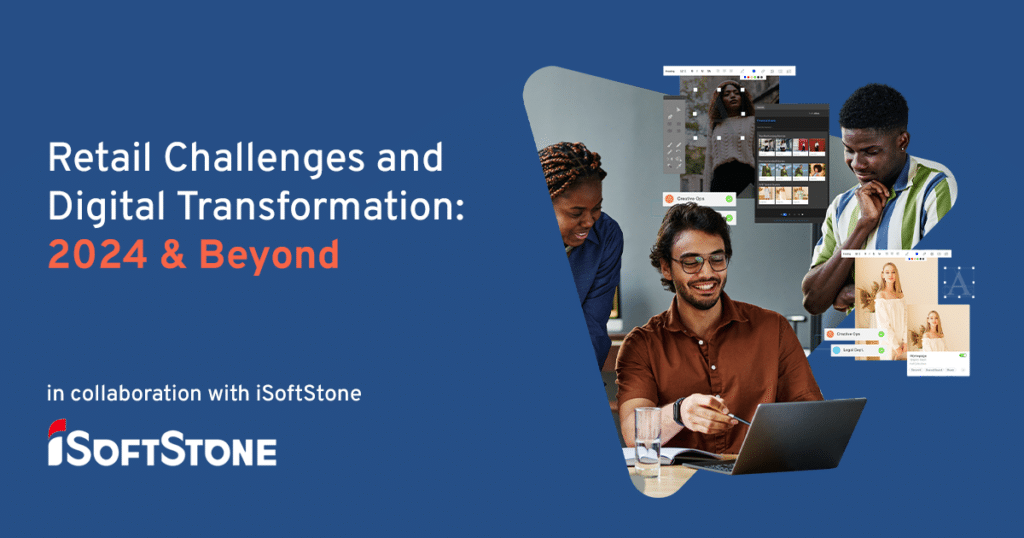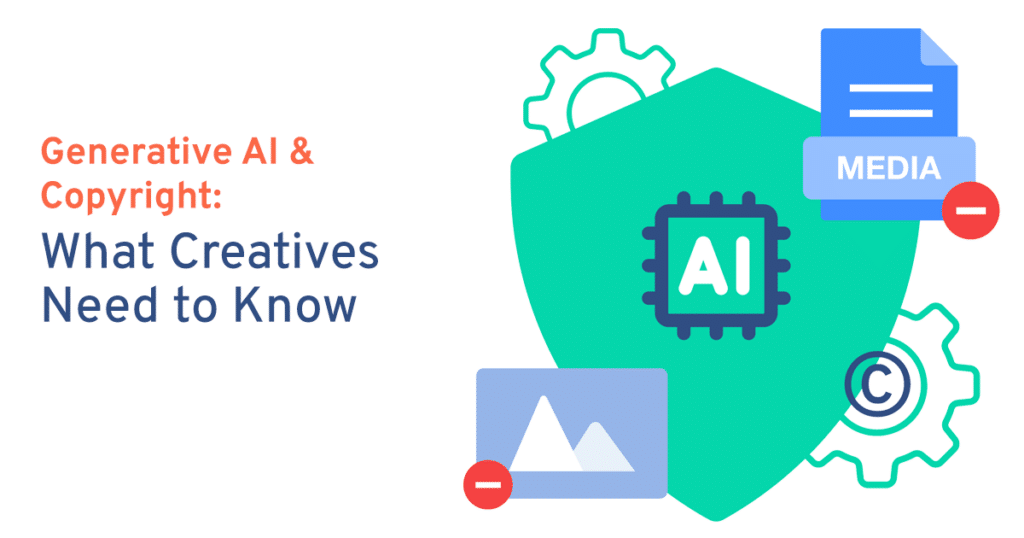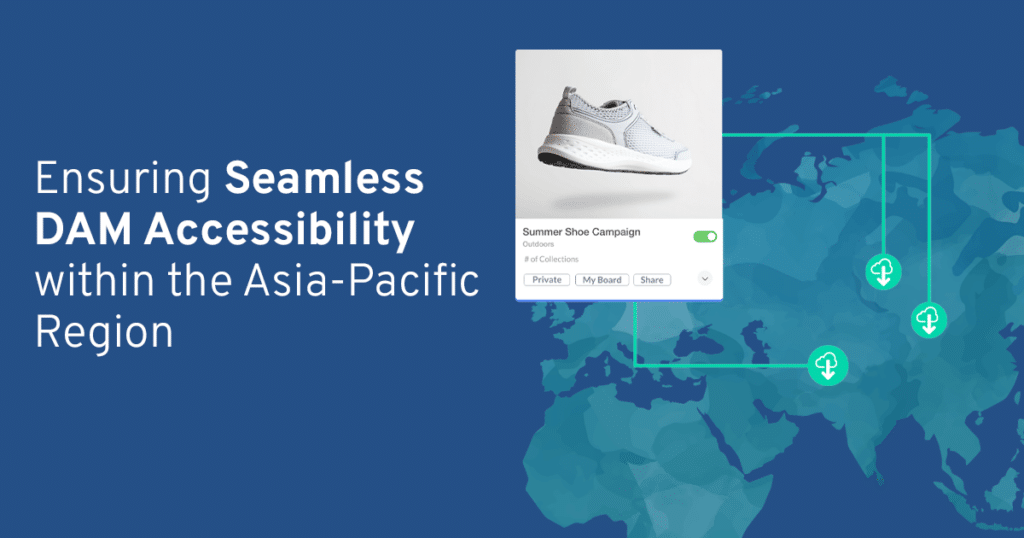Teams across major leagues like the NBA, NFL, NHL, MLB, and UEFA (to name a few) are churning out more content than ever.
Discover how modern digital asset management (DAM) can streamline the sports content creation and distribution process.

In the world of pro sports, content – from game-day coverage to training footage, fan interactions, stadium tours, historical milestones, player interviews, and more – is continuously being captured and published.
Today, fans aren’t just watching games; they’re engaging on social channels, demanding real-time updates (has anyone seen an NFL Reddit on Super Bowl day?), and crave immersive experiences that transcend traditional sports coverage to feel closer to their teams.
Social media is but one part of this bottomless content demand. Beyond audience engagement strategies, content is also integral in supporting sports sponsorships (a global market projected to reach USD 189.54 Billion by 2030), partnerships, marketing campaigns, press releases, and more.
Setting the Stadium:
The Need for Real-Time Sports Content
Think about a playoff game in the NBA; fans eagerly anticipate that game-winning dunk as the clock winds down and tension grows.
In this moment, the need for real-time content is palpable. Live updates will need to be published to team apps and social media (and the player who scored probably wants that photo for their own Instagram), not to mention the assets that need to be distributed for post-game analysis and sponsor collateral.
With the imperative for real-time content, meticulous workflows are even more necessary to ensure assets are appropriately categorized and approved. Working fast is when errors and steps are most often missed (as we all know too well).
Sports teams today are not just franchises; they’re brands unto themselves. This necessitates the strict management and protection of their identity.
The need to manage and safeguard content is paramount due to the significant financial investments associated with sports branding, sponsorships, and rights management.
So, what’s the solution for balancing the demand for real-time content and upholding brand integrity?
The Role of Digital Asset Management in Revolutionizing Sports Content Creation
Given the sheer volume of assets constantly generated in the sports industry, and with many sports teams having a rich history (there are archives and older assets that need to be managed, too), digital asset management (DAM) is becoming a critical solution for sports teams to implement.
DAM provides teams with a central repository to ingest, manage, and categorize assets and expedite the approvals and publishing of these assets with integrations and automated workflow capabilities (more on that workflow below).
Moreover, DAMs improve content discoverability, ensuring digital assets are accessible for future marketing and partnership initiatives by applying customizable metadata that make assets easily searchable.
However, given the significant financial investments associated with sports branding, the ability to use assets must also be restricted. DAM platforms enable teams to configure user permissions and download requests, as well as marry assets with the associated rights information, mitigating the risk that assets are misused.
Taking it one step further, modern DAM platforms leverage data across the asset lifecycle to track content and it’s performance from the moment it leaves the DAM, letting you see what is (and isn’t ) being used, where, and how. These insights enable brands to optimize content reuse and ensure assets are utilized as intended, maximizing content ROI.
Now, let’s delve deeper into the practical applications and business advantages of DAM for sports organizations.
Breaking Down the Use Case for DAM
in Sports Organizations

DAM underpins the entire content creation workflow, as content, (meta)data, analytics, and more move from system to system.
Asset Ingestion
In the initial phase of content creation, DAM systems streamline the process of importing assets into the digital ecosystem.
Let’s consider the scenario of capturing a burst on a professional camera or smartphone during a touchdown. With the camera or smartphone connected to wifi, the photographer can send that photo to the DAM in near real-time.
We call this “Click to Cloud,” where in seconds of the image being captured, it can be sent to the DAM to kick off the ingestion, categorization, and approval process.
Automated Tagging
Utilizing AI capabilities, DAM systems can automatically tag objects and individuals in the assets based on customized metadata tags and vocabulary sets. This metadata could include player names, team logos, specific landmarks, game dates, or any other relevant data your team chooses to add.
This metadata tagging helps to correctly categorize assets at speed as they are ingested and makes assets easily searchable in the DAM. For instance, a Raptors DAM user looking for an image of Pascal Siakam, during the 2019 NBA playoffs, in a red jersey could search using these keywords and locate images that match these criteria within the DAM.
The business of a streamlined ingestion and tagging process is manifold. The DAM lays the groundwork for efficient content management throughout its lifecycle by accurately categorizing assets with metadata during ingestion. This enhances searchability and expedites subsequent approval processes and workflows, ensuring seamless content distribution across various channels.
Streamlined Creative Workflows and Approval Processes
After content is tagged in the DAM, workflow automation can streamline intricate creative workflows and approval processes. This is achieved by orchestrating various software, such as project management and creative tools, to execute and monitor tasks automatically triggered by data. With DAM connecting the tech ecosystem, the need to manually transfer assets between systems and individuals is eliminated.
Here’s a simplified example of how a creative workflow for sports content could play out with automation. For the purpose of this example, let’s say the team has set this workflow for touchdown images:
There are plenty of ways this type of workflow automation could be orchestrated based on the specific needs and existing technology within a sports organization. Ultimately, streamlined workflows expedite the sports content creation and approval process, allowing for faster turnaround times from “Shot to Social.”
Posting in Near Real-Time
To expand on the publishing step in the above workflow example, integrating DAM with social media platforms empowers teams to publish finished digital assets directly from the DAM.
Publishing from DAM ensures the correct version of the asset will be posted without the need for assets to be downloaded or transferred, risking version control issues.
Even when leveraging automated posting, teams can have confidence that the brand and financial risks associated with posting incorrect content are mitigated, as this content has undergone an approval process within the DAM. This integration capability further contributes to a faster turnaround time from “Shot to Social.”
The integration between DAM and social media platforms enables higher engagement levels, as near real-time updates allow fans to feel involved in the game atmosphere, even from the comfort of their couch.
Rights Management
The use case for DAM extends beyond the context of getting content live faster with “click to cloud” and “shot to social” capabilities. DAMs play a pivotal role in enforcing usage policies and mitigating unauthorized distribution with rights management.
By leveraging AI for tagging during ingestion, DAMs can automatically apply rights to assets, ensuring compliance with usage agreements. Teams can access assets directly in the DAM based on rights agreements and also use that information to inform the content lifecycle (i.e., if/when an asset needs to be archived).
As integrated rights management allows rights information to be readily accessible alongside the asset, this functionality empowers teams to better avoid costly fines and brand damage.
In the context of sports partnerships and sponsorships, marrying rights information with assets also informs what assets can be shared with external teams (or “third parties).
Controlled Third-Party Access
Partnerships, press, broadcasters, and other stakeholders require access to assets for various purposes, including marketing campaigns, press coverage, and broadcasting rights. Controlling third-party access to assets in the sports world is paramount, especially given the significant financial commitments and implications.
DAMs facilitate secure and controlled access, as features like portals or collections allow teams to organize and share groups of assets with the external relevant stakeholders.
Assets remain within the DAM and are shared securely without needing to leave the platform. This ensures that stakeholders only access assets relevant to their needs, improving efficiency and mitigating the risk of unauthorized distribution.
By providing secure (and easy) access to relevant content, teams can foster stronger partnerships, optimize revenue streams, and have confidence that contractual agreements, licensing rights, and brand guidelines are being upheld.
Integrations
Beyond social media and rights management, connecting other platforms with DAM (made possible with APIs) introduces more possibilities for optimization.
For example, by integrating DAM with content management systems (CMS), teams can access assets in the CMS and effortlessly add and update images, videos, text, and more on webpages, accelerating content distribution and ensuring brand consistency and accuracy across all digital touchpoints.
DAMs can also integrate with league-specific platforms or other industry-specific systems through APIs. These integrations provide tailored solutions that cater to sports organizations’ unique needs.
For instance, integration with league-specific platforms like NFL Next Gen Stats enables more personalized metadata applications within the DAM. By leveraging external data sources, such as player performance data or sponsorship information, DAM systems can enrich asset metadata automatically and allow users to search in the DAM using very specific criteria – like “Josh Jacobs touchdown, wheel route, vs. Cover 2 defense, 4th quarter.”
Add DAM to Your Roster
Adopting modern Digital Asset Management (DAM) solutions is pivotal for sports organizations striving to streamline their content creation processes amid the ever-growing demand for real-time content across various digital platforms.
Getting assets from “Click to Cloud” and from “Shot to Social” means teams can deliver content at high speed to fans and stakeholders alike.
By implementing DAM, teams can expedite asset ingestion, tagging, and creative and approval workflows, all while ensuring brand consistency. As the digital landscape continues to evolve, the role of DAM in sports content creation will remain pivotal, offering teams a competitive edge with automation, integrations, and insights to stay ahead of the game.
Just like a championship-winning team, embracing DAM is not just about winning today’s game but laying the foundation for long-term success in the ever-changing world of sports content creation.








